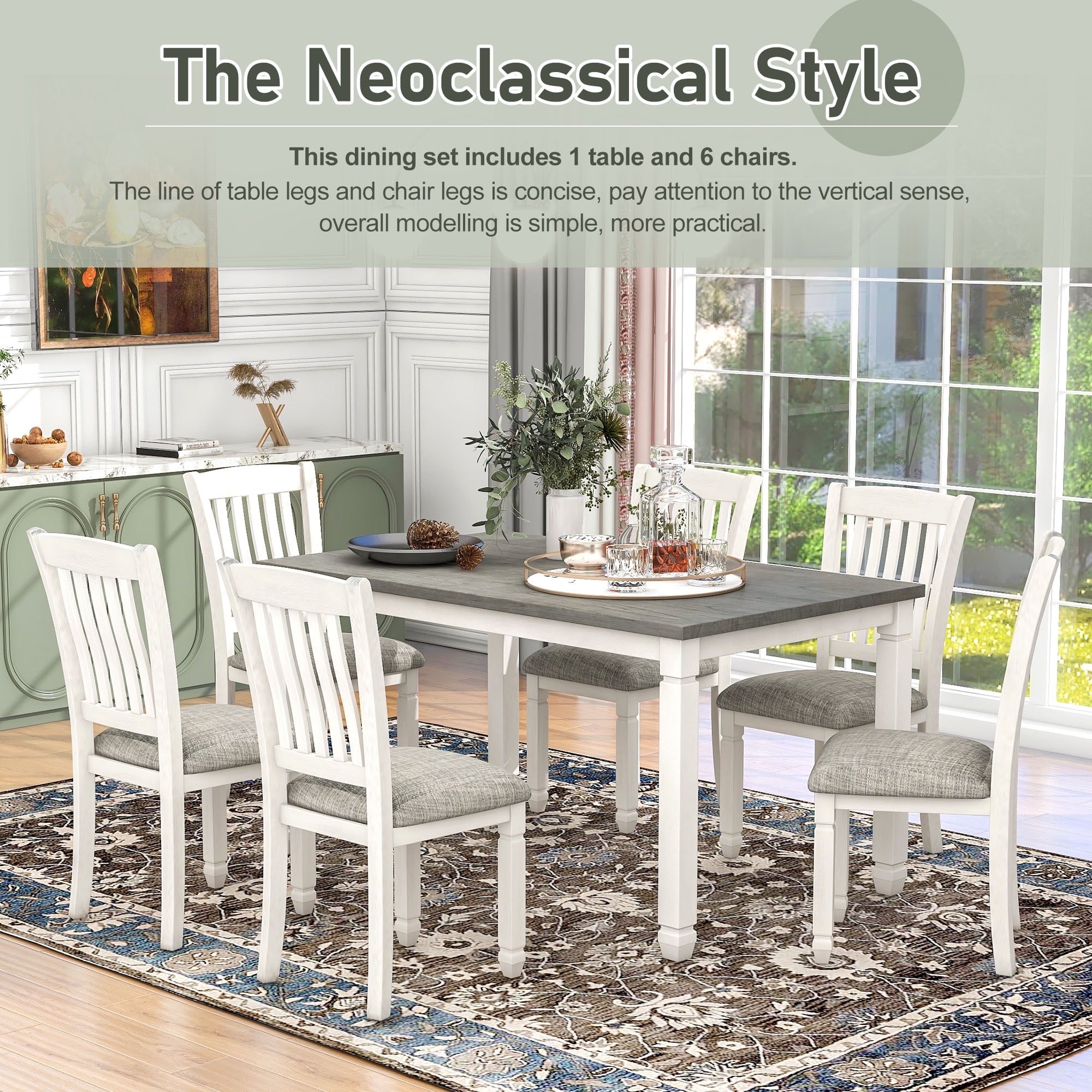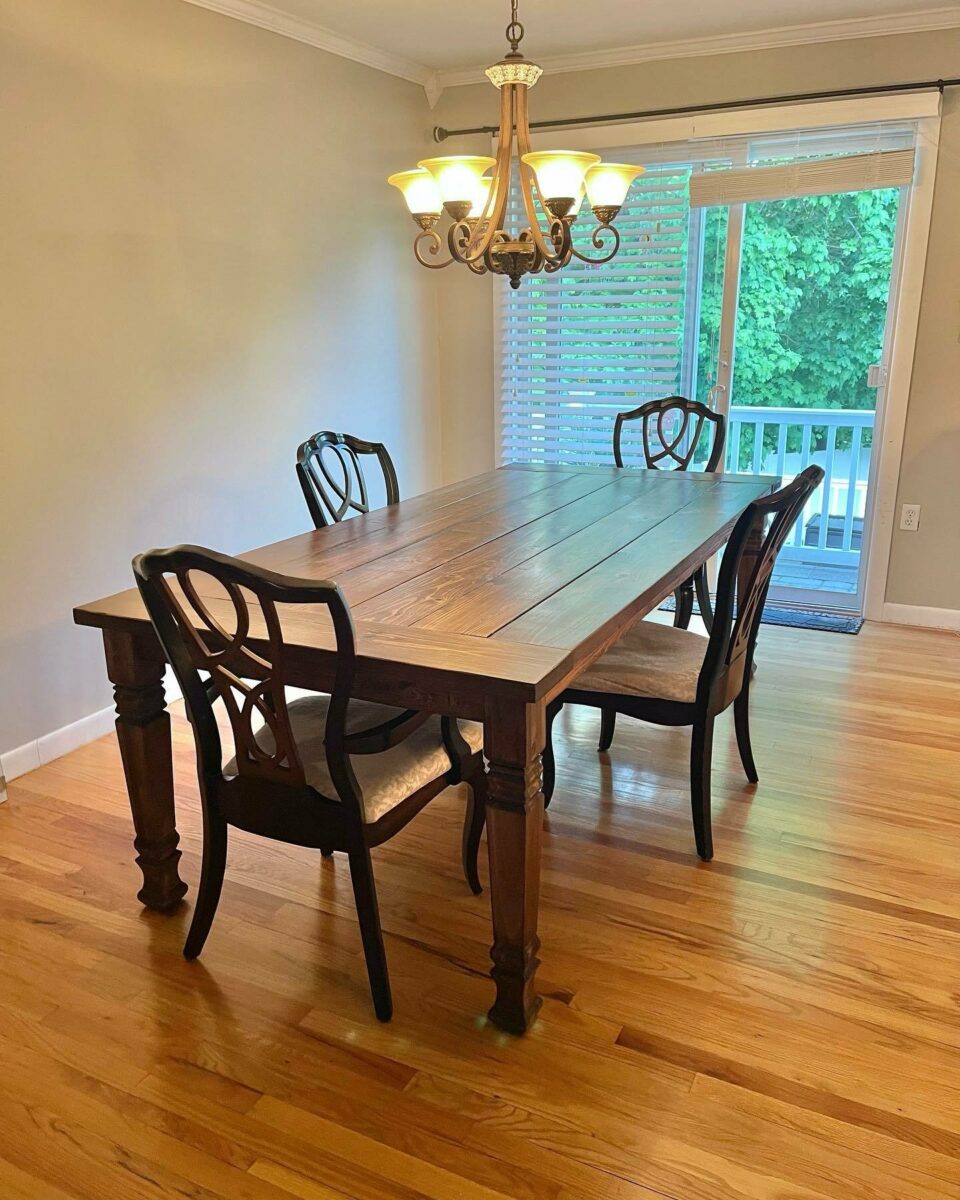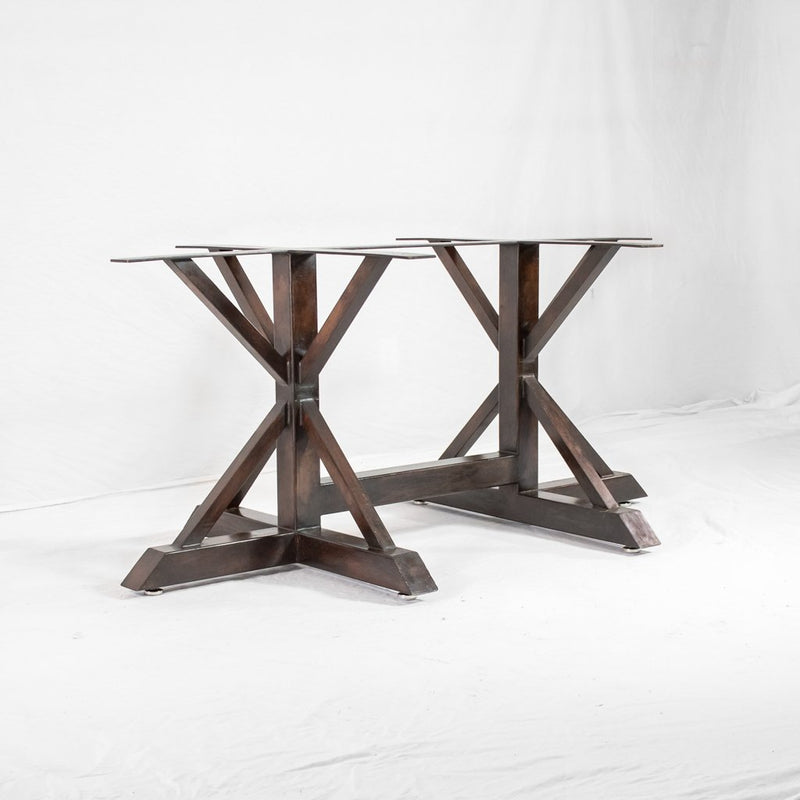Just How to Choose the Perfect Dining Space Table Legs for Your Home Decor
Picking the suitable eating area table legs is a nuanced procedure that calls for careful factor to consider of numerous components, including your area constraints, visual preferences, and useful requirements. The interplay in between styles, materials, and dimensions can significantly affect the atmosphere of your dining location, making it important to approach this choice carefully.
Assess Your Eating Area
Evaluating your eating area is essential for choosing the right table legs that enhance both visual appeals and functionality. Begin by determining the dimensions of your eating area, including ceiling elevation, floor room, and distance to various other furnishings. This details will help figure out the suitable size and height of your dining table, which straight influences the choice of table legs.
Following, take into consideration the design and layout of your dining area. An open-concept design may profit from table legs that provide visual lightness, such as slender metal or acrylic choices. Alternatively, a much more conventional setting might ask for sturdy wooden legs that supply a sense of durability.
Assess the existing color palette and materials in your dining location. Integrating the table legs with these aspects produces a cohesive look that enhances the total decor.
Eventually, a detailed analysis of your eating area will guide you in making an informed choice, making sure that your table legs not only enhance the visual allure yet likewise offer sensible objectives.
Consider Your Style Preferences
When selecting eating area table legs, it is vital to review your personal style choices, as they dramatically affect the total aesthetic of your dining room. Your option of table legs can either complement or comparison with existing decor, making it crucial to straighten them with your favored interior layout style.
If your home leans in the direction of a contemporary visual, consider streamlined metal or minimalist wood legs that supply a tidy, minimalist look. For a more standard strategy, ornate wooden legs with complex makings can add a touch of beauty and elegance. Industrial designs benefit from robust, basic materials such as redeemed wood and steel mixes, showing a sturdy appeal.
In addition, farmhouse and rustic styles usually favor tough, chunky legs that evoke a feeling of warmth and convenience. Conversely, if your design is diverse, you might pick unconventional forms or a mix of products to develop visual rate of interest.

Evaluate Material Options
The selection of product for eating area table legs plays a critical function in both durability and aesthetic appeal. Common materials include wood, metal, and composite choices, each offering unique attributes that can affect the total appearance and long life of your table.
Timber is a timeless choice, known for its warmth and flexibility. Woods like oak and walnut offer outstanding stamina and can be finished in numerous discolorations to match any kind of design. Softwoods like pine are more vulnerable to scrapes and damages, making them less perfect for high-traffic areas.
Steel legs, usually crafted from steel or light weight aluminum, exude modernity and commercial appeal. They are immune and highly sturdy to use, making them suitable for family members with youngsters or regular gatherings (dining room table legs). In addition, steel can be finished in numerous shades, enhancing the customization opportunities
Composite materials, such as MDF or laminate, deal cost and diverse styles. While generally much less long lasting than solid wood or steel, they can still offer a trendy look and are often very easy to preserve.
Inevitably, the material you pick ought to straighten with your lifestyle, visual preferences, and the degree of usage your table will experience.
Determine Elevation and Size
Choosing the ideal height and dimension for your dining-room table is vital for both capability and comfort. The common height for dining tables typically ranges from 28 to 30 inches, permitting adequate legroom for the majority of individuals when seated. Nevertheless, it is vital to think about the measurements of your dining area and the kinds of chairs you plan to make use of.

In addition, consider the proportions of your dining room. A larger table in a roomy area can produce a grand atmosphere, while a smaller table functions well in even more intimate setups. Inevitably, the ideal elevation and dimension will certainly integrate with your total style and boost the eating experience for you and your visitors.
Explore Modification Opportunities

In addition, the layout of the legs can be personalized to fit various designs, such as rustic, contemporary, or check out here industrial. Conical legs can evoke a mid-century modern-day feel, while beefy, block-style legs may resonate with standard or farmhouse decor.
Home owners can likewise discover color coatings, from all-natural wood stains to repaint, enabling them to match or contrast with the table top and bordering design.
Moreover, leg height can be readjusted to fit details seating plans or individual preferences, improving both convenience and performance.
Last but not least, distinct decorations, such as makings or ornamental braces, can further customize the table legs, making the eating experience not just a statement yet a meal piece in the home. By taking into consideration these customization choices, homeowners can produce an eating room table that really mirrors their uniqueness.
Final Thought
Choosing the ideal dining-room table legs needs mindful factor to consider of various variables, including the dimensions of the dining room, design preferences, product durability, and wanted elevation. Customization choices even more enhance the capacity to accomplish a cohesive aesthetic that enhances the total decor. By systematically examining these aspects, home owners can ensure that the picked table legs not just fulfill functional needs but additionally add positively to the dining experience and ambiance of the home.
Selecting the ideal eating area table legs is a nuanced procedure that calls for mindful factor to consider of different aspects, including your area restrictions, aesthetic preferences, and practical needs.Assessing your eating room is vital for choosing the right table legs that match both looks and performance.When figuring out size, measure the browse this site location where the table will certainly be put to ensure it fits pleasantly, permitting for at least 36 inches of clearance around the table for easy activity. A bigger table in a roomy area can develop a grand atmosphere, while a smaller table functions well in more intimate settings.Selecting the excellent eating room table legs calls for cautious consideration of numerous aspects, including the dimensions of the eating area, style choices, material durability, and wanted height.